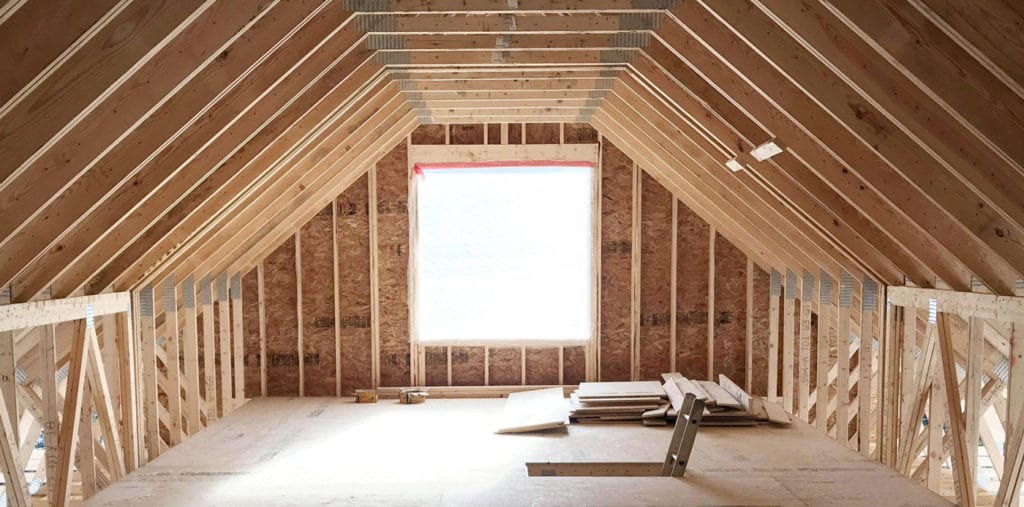In the construction industry, concrete mixer machines play a crucial role in producing high-quality concrete efficiently. These machines are used to mix cement, sand, water, and other aggregates, ensuring uniformity and consistency in the final concrete product. As technology continues to advance, there is a growing need to revolutionize traditional concrete mixers, especially those used in smaller-scale projects. This article explores the potential innovations and improvements that can transform baby concrete mixer machines, making them more efficient, user-friendly, and eco-friendly.
Smart Automation and IoT Integration:
One of the key areas for revolutionizing baby concrete mixer machines is incorporating smart automation and Internet of Things (IoT) technology. Implementing sensors and connected systems will allow for real-time monitoring of the mixing process. Smart automation can optimize the water-to-cement ratio, adjust mixing times, and detect potential issues, ensuring a more precise and consistent concrete mix. Moreover, IoT integration enables remote control and data analysis, enhancing operational efficiency and reducing downtime.
Portable and Lightweight Design:
Traditional concrete mixers can be bulky and challenging to transport, especially for small construction projects or sites with limited accessibility. Revolutionizing baby concrete mixer machines involves developing a more compact and lightweight design. Utilizing advanced materials and engineering, these machines can be easier to move around, allowing construction teams to work in confined spaces or areas with restricted entry points.
Energy Efficiency and Sustainable Practices:
As the construction industry embraces sustainability, baby concrete mixer machines can also contribute to eco-friendly practices. Implementing energy-efficient motors and optimizing power consumption can reduce the overall environmental impact. Additionally, exploring alternative power sources such as electric or hybrid models can minimize emissions, making them more environmentally friendly options.
User-Friendly Interfaces:
User-friendly interfaces are essential for ensuring that operators, regardless of their expertise level, can operate the baby concrete mixer machines with ease. Clear displays, intuitive controls, and interactive interfaces can simplify the mixing process and reduce the chances of human error. Furthermore, incorporating safety features and emergency stop mechanisms will enhance worker safety.
Versatility in Mixing Capabilities:
A revolutionary baby concrete mixer should be versatile enough to handle different types of concrete mixes and accommodate various aggregate sizes. Adjustability in mixing speed and rotation direction can cater to specific project requirements. Making these machines more adaptable and cost-effective for a wide range of construction tasks.
Enhanced Durability and Low Maintenance:
Investing in durable materials and robust construction will ensure that the baby concrete mixer machines can withstand the harsh conditions of construction sites. Reducing maintenance needs through improved engineering and self-cleaning mechanisms can extend the machine’s lifespan and minimize downtime. Leading to higher productivity and better return on investment.
Conclusion:
By incorporating smart automation, IoT integration, portability, sustainability, user-friendly interfaces, versatility, durability, and low maintenance. Baby concrete mixer machines can be revolutionized to meet the demands of the modern construction industry. These innovations will not only enhance the efficiency and effectiveness of small-scale concrete mixing but also contribute to more sustainable and environmentally conscious construction practices. As technology continues to advance. The future of baby concrete mixers looks promising, paving the way for a more innovative and greener construction sector.




